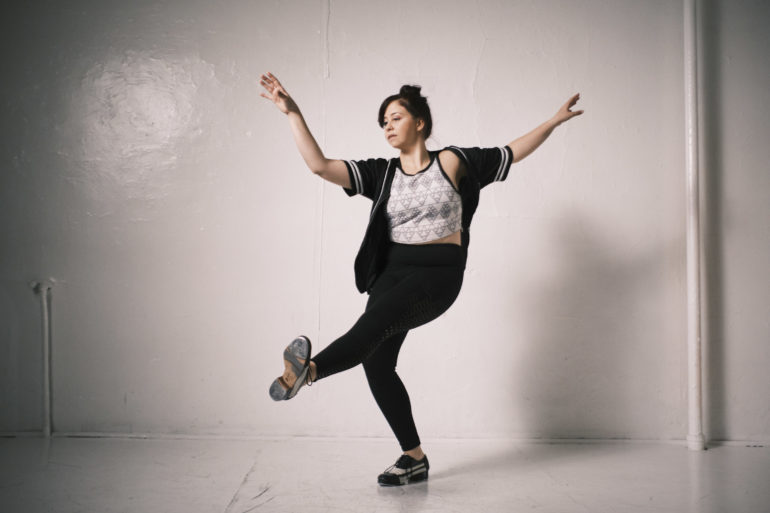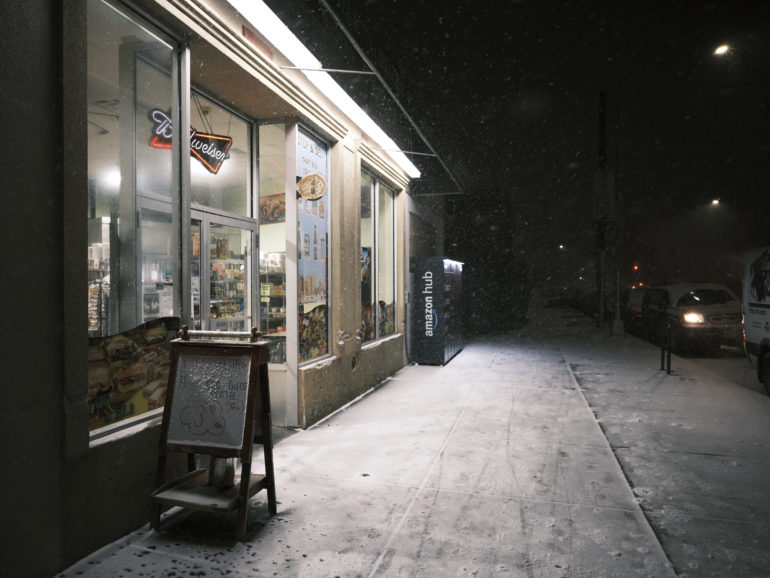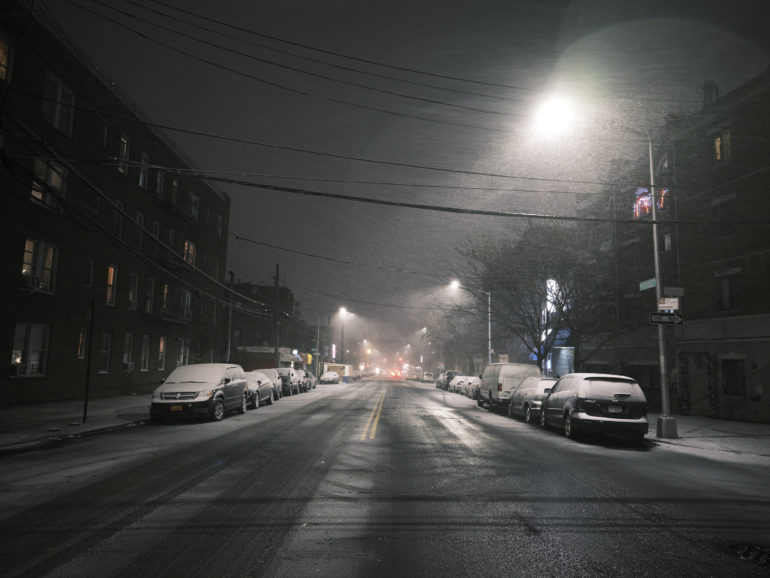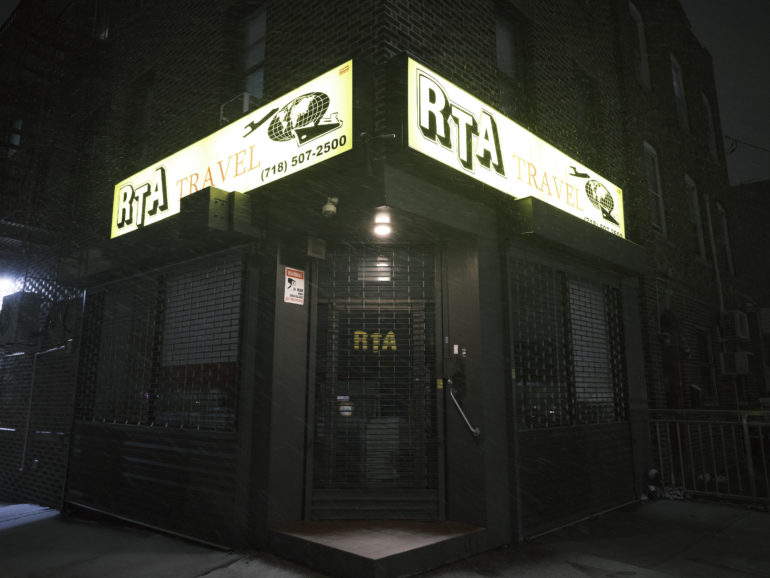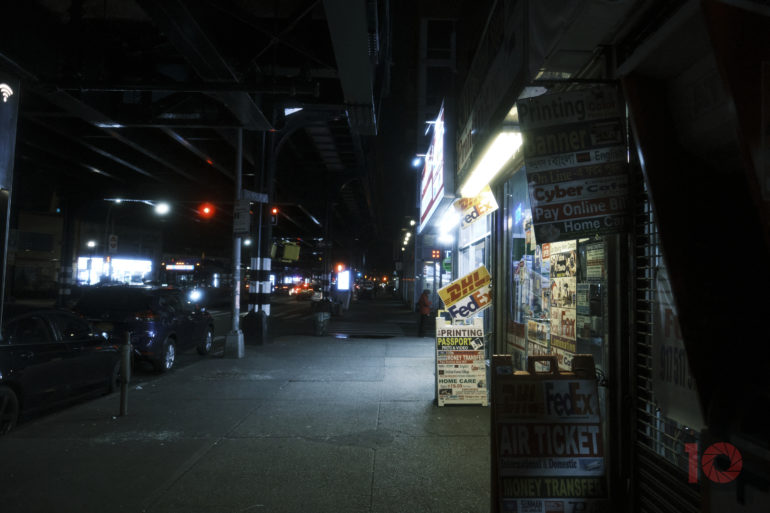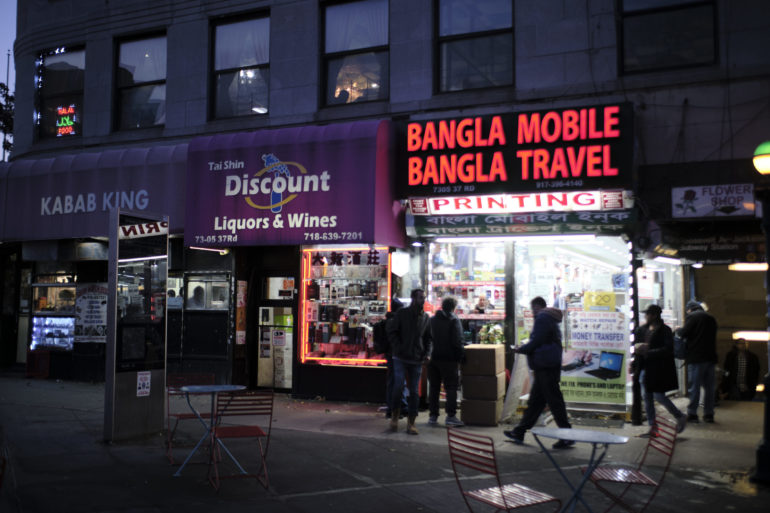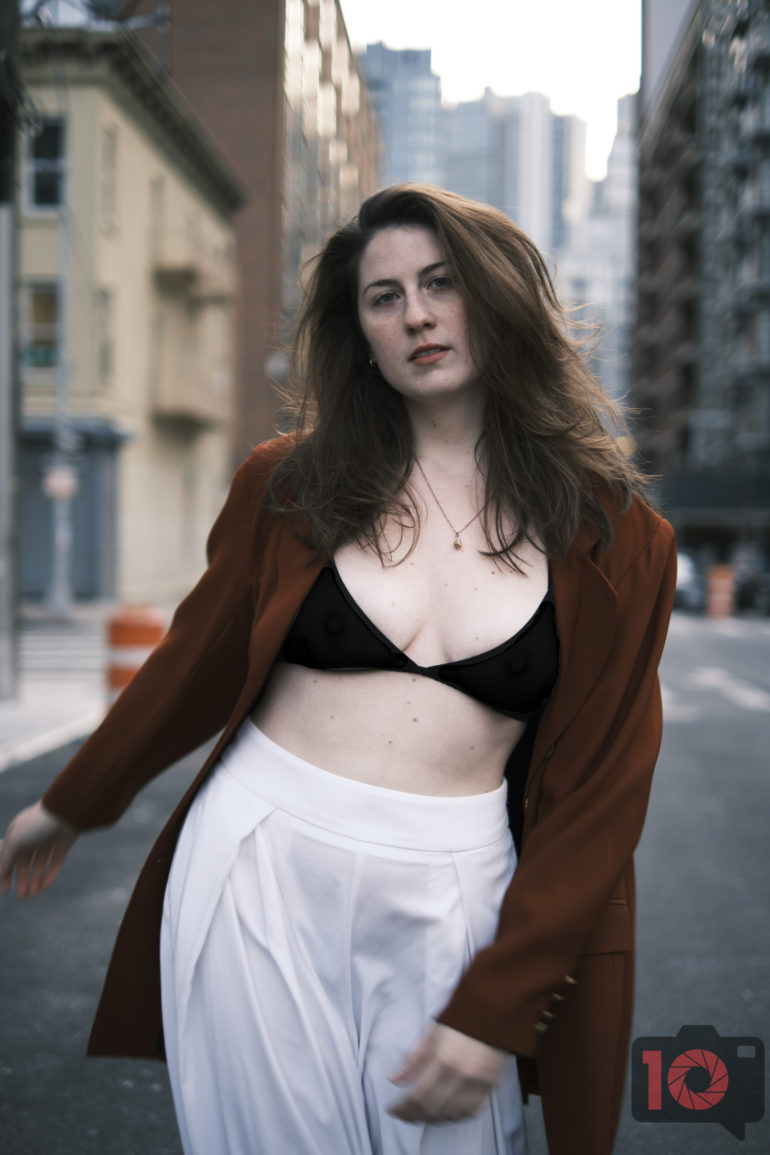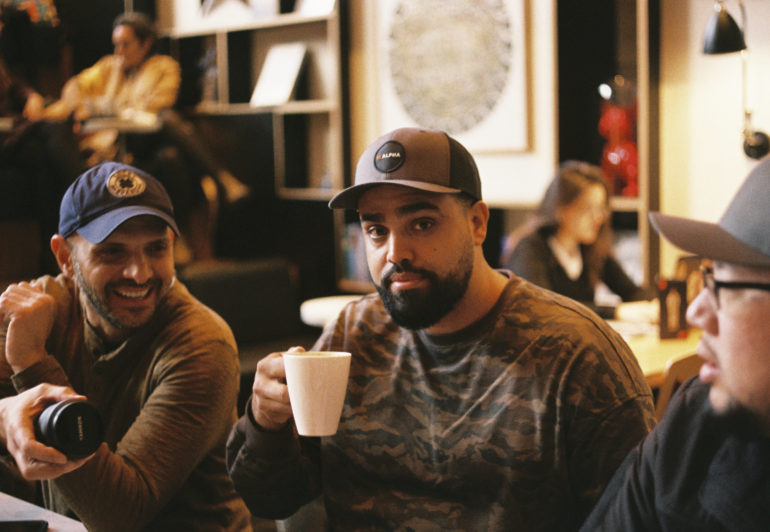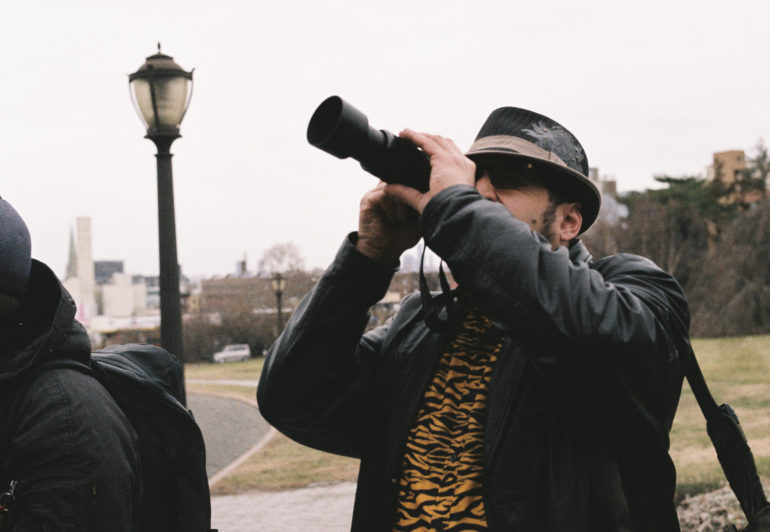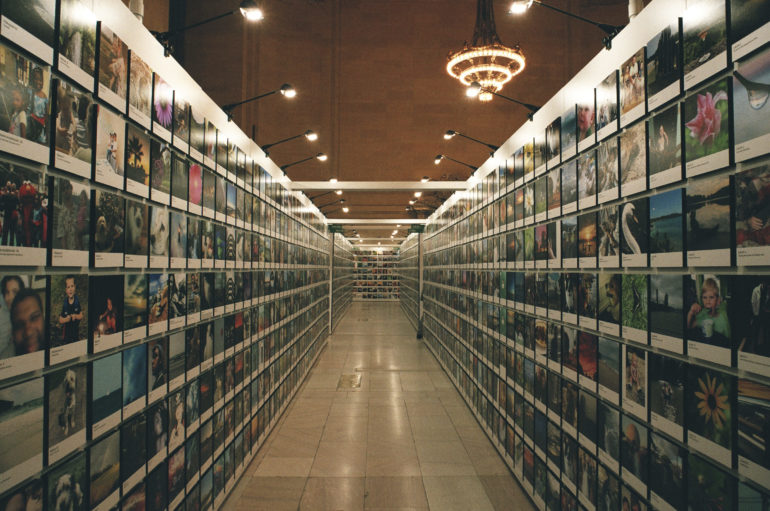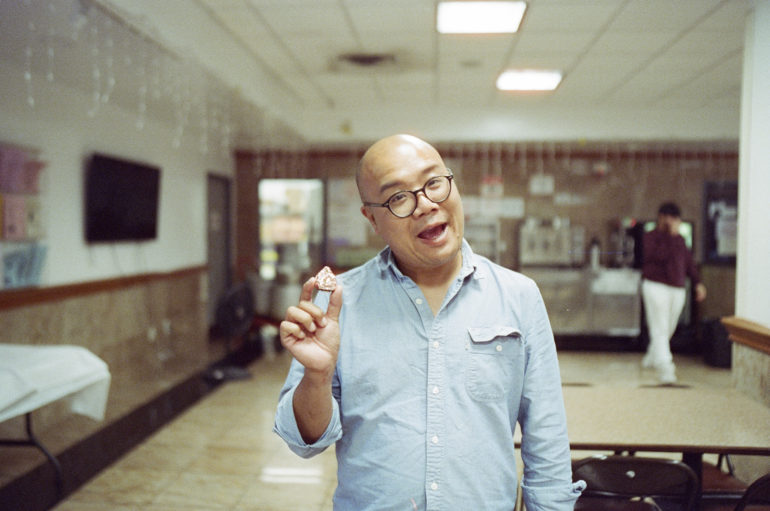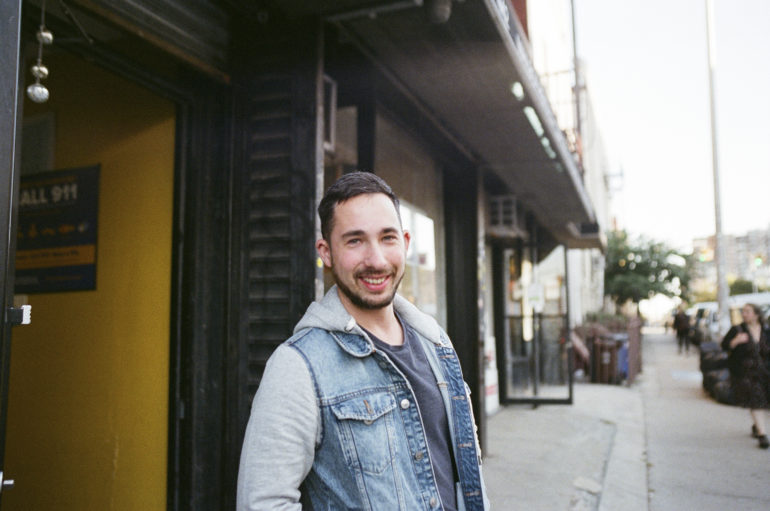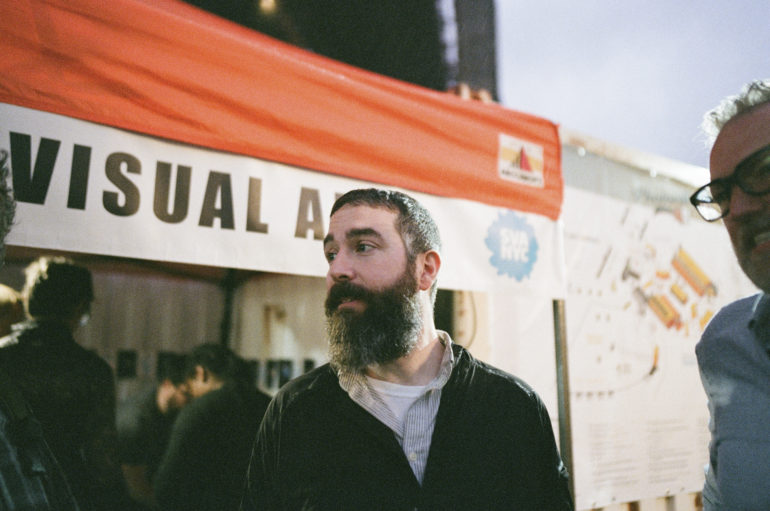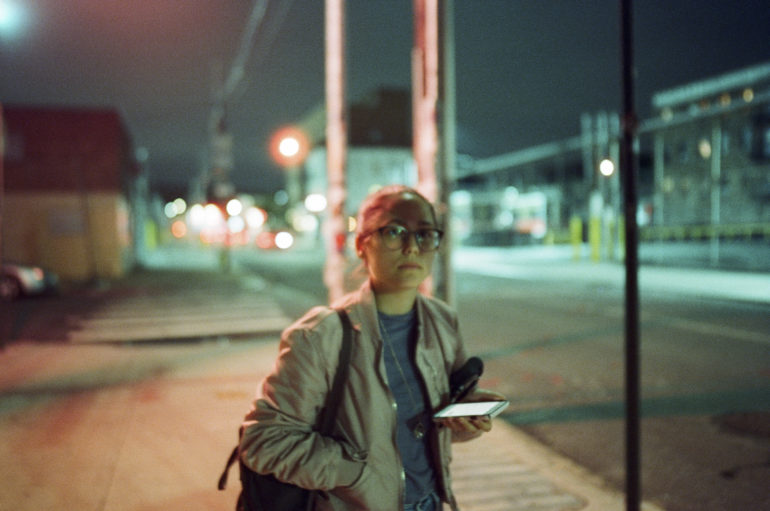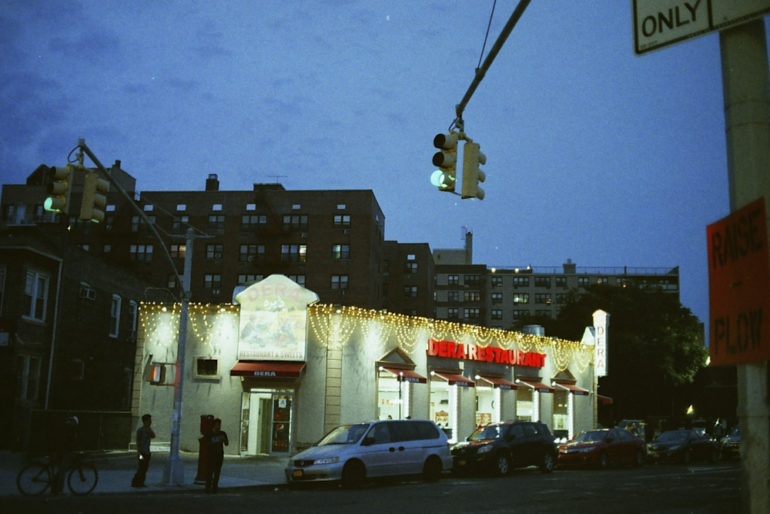For more stories like this, please subscribe to The Phoblographer.
The sad truth is that film photography genuinely needs to evolve. Fujifilm and a few other brands have been trying to push that evolution over the years. But digital will always find a way to catch up. Right? Well, that might not be the case. The social media conversations around the film photography world is rife with lies. We’re going to explain this further after the jump. We invite you to check out what we have to say.
Film or Film Simulation?
As you look through these images, can you tell the difference between a Fujifilm film simulation and a film scan? Was the photo above shot on Superia? Was it Pro 400H? Was it Fujifilm Pro Neg Low Contrast? Can you figure it out? Well, take a look through these images.
Can You Tell the Difference?
Chances are that if you’re reading this, then you looked at the images pretty closely. Some of these photos are dead giveaways. So we made those easier for you. But a lot of them could fool most folks. All of this brings me to a point about film photography. What I’m about to say is something I’m bound to get slack for other blogs that really hate our authenticity, but it’s the hard facts.
Film needs to evolve. These days, anyone and everyone can edit an image with a preset based on film, then post the image on social media. Social media doesn’t have hashtag and content authentication the way Google search does. So anyone can post a photo with a hashtag that says #Portra400 when the truth is its a digital image with a Portra 400 preset applied. And folks don’t take responsibility for their actions; someone is bound to look at that image and think it’s really what film looks like.
The sad, frank truth is that we can’t fight the misinformation out there. Facebook and Instagram don’t care. And what’s worse is it seems like lots of the curators don’t care either.
That’s just the preface to a bigger fact. Film needs to evolve into something that cannot easily be copied digitally. There are some creators like Louis Dazy and Kate Hook who get this. But loads of others don’t understand it. Fujifilm and Kodak aren’t addressing this fact. But CineStill, Lomography, and KONO! are some of the brands that are paying attention. Sure, there’s the experience of shooting film. But that’s something that needs to be experienced in person. You don’t know how wonderful prime rib is until it touches your tongue. You also don’t know the stark difference between English Lavender and French Lavender until you’ve smelled them. The sound from Sony’s excellent headphones are far better than Apple’s, but you don’t know until you’ve tried them. To that end, you don’t know the difference between the film experience and the digital one. Keira Knightly said it best a long time ago:
“I’ve noticed that the people who started on film still have the ability to see the person in front of them. Whereas for a lot of photographers who have only ever worked in digital, the relationship between the photographer and the person who they’re taking a picture of sort of doesn’t exist anymore. They’re looking at a computer screen as opposed to the person.”
However, none of this can be transmitted through the final image. And that’s why film needs to keep doing things that digital can’t.



